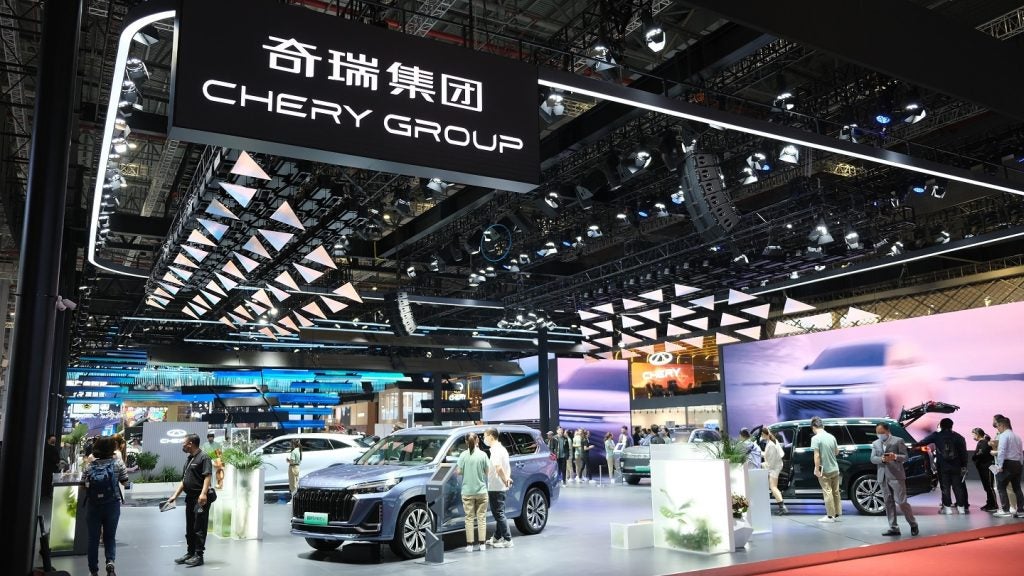
Few companies have permeated our lives as much as Google. Through its search engine, the company has access to vast amounts of data relating to what and how people search, and a high up placement on the correct search can literally be the difference between life and death for a business. When Wikipedia co-founder Jimmy Wales said "If it isn’t on Goggle, it doesn’t exist," he was, in many cases, only slightly exaggerating.
So when Motor Finance had a chance to chat to Hugh Dickerson, senior industry head of automotive and health care at Google, naturally advice on how best to utilise the dominant search engine for your businesses is one of the topics which comes up. In response, he says: "You’ve got to make sure you’re there against the right terms people are looking for. You’ve got to bid appropriately. And then also you’ve got to make sure the content you serve up is relevant. Being top, and top alone is not good, because you also want to make sure the destination you’re pointing the consumer in the direction of is highly relevant and effective when they get there."
Separation of product and finance
Dickerson is talking to Motor Finance, a few months after he spoke at the inaugural Motor Finance Europe conference in Munich. One of the themes he mentioned at the conference was that sometimes the selling of cars and the selling of finance are separated on the consumer side, as a result of the office structure within the company.
He says this is an issue he sees all too often, adding: "The fact the finance team sits in a different wing of a building or a different office to the new car sales team is an internal issue. That shouldn’t manifest itself in front of the client. But often it does."
Another area he suggests companies might wish to change is where they look to benchmark their performance. Often companies look to their competition to see what they should be doing, to see if they are ahead of the curve. Instead, Dickerson suggests: "Your benchmark should be answering the needs of the consumer, because actually it’s the consumer who is moving really quickly, rather than your competitor.
How well do you really know your competitors?
Access the most comprehensive Company Profiles on the market, powered by GlobalData. Save hours of research. Gain competitive edge.

Thank you!
Your download email will arrive shortly
Not ready to buy yet? Download a free sample
We are confident about the unique quality of our Company Profiles. However, we want you to make the most beneficial decision for your business, so we offer a free sample that you can download by submitting the below form
By GlobalData"The risk is if you focus on your traditional competition, the consumer is moving far quicker, and going out of sight."
Keeping an eye on traditional competitors will also distract you from disruptors. The rise of technology, and especially the internet, has allowed smaller disruptors to scale much quicker than they previously would have done – and as a result these new players could go from nothing to a competitor and overtake part of your business before you know it.
One example Dickerson gives of this is in the aftersales market: "There are plenty of examples of online aggregators getting into the aftersales space of automotive. So while the manufacturers eyes were slightly off the ball as they focused on new car sales, and perhaps thinking that the aftersales work would naturally come back to them, the consumer clearly used digital research for aftersales as much as they do for sales, and suddenly other companies have seen an opportunity for marketing aftersales offers through the web. And suddenly they’ve become a big part of the aftersales ecosystem."
While the age of the internet has been typified by smaller disruptors challenging large, traditional players, Dickerson says that well prepared, larger, companies usually begin with an advantage. However they need to keep innovative, open-minded and light on their feet. "They’ve also got a great opportunity to create the content – people still like to buy from a brand, and the power of a brand should not be underestimated, as long as you can be found and are engaging when found," he adds.
The rise of mobile
The past few years have seen a large rise in the use of mobile, and in May 2015 more Google searches were done on mobile than desktop for the first time. This is especially true for automotive searches.
On a basic level Dickerson points out the screen on which consumers will be interacting with a client is much smaller than a traditional desktop screen. So advertising will need to be much more effective and efficient in communication and clearer, knowing that someone is coming at it with a mobile screen rather than a desktop screen, he says.
Another implication of this he adds is: "The consumer is constantly connected by the device in his or her pocket. It’s the last thing we look at at night, and the first thing we look at in the morning, and I think we’re probably looking at it an average of 150 times a day.
"Therefore we can constantly be connected. People talk about micro moments these days, which brands need to manage because the consumer is constantly connected. So you need to be there with the relevant message whenever the consumer is looking, which is far more frequently."
The battleground
As people are now constantly checking their phones and tablets, and increasingly doing business online, the battleground to win the customer is before they physically go to the dealer. If this is the case, the lender needs to have a presence online – either a presence for themselves or a presence that supports the dealer.
Dickerson says: "For me, if you wait to present your financial wares at the physical dealership, that’s too late because the consumer has already made his decision."
There are two basic steps Dickerson identifies in order to get noticed online. The first is simply being found – which involves coming up against the relevant queries on search engines such as Google, and also possibly YouTube.
The second he says is making sure your content is inspiring and engaging once you’ve been found: "You’ve got to keep the consumer interested and on the site he’s landed on. Therefore it’s got to be easy to use – especially on mobile where you’re using your fat thumbs. It’s also got to be engaging because we’re dealing with these micro moments and consumers aren’t researching for hours and hours – we’re in a time poor culture. So you’ve got to get your message over cleanly and efficiently and effectively. "






